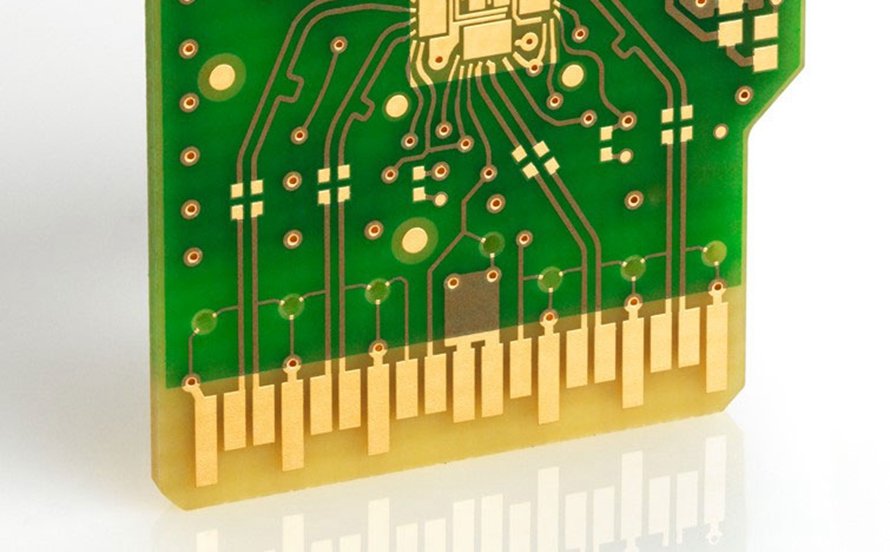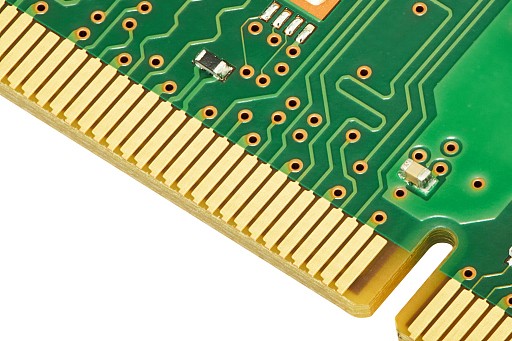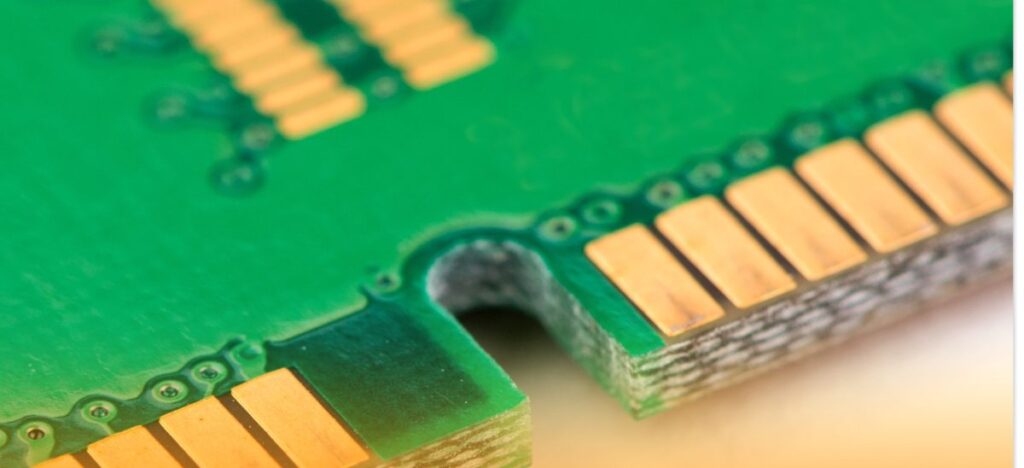Gold Finger PCB in High-Performance Computing: The Role of Premium Circuit Boards
High-performance computing (HPC) revolutionizes industries like artificial intelligence, big data, and scientific research. These systems need components that can handle massive data, process complex algorithms, and deliver fast results. One such component is the Gold Finger PCB, a critical part of any HPC system. A Gold Finger PCB ensures high-speed data transfer, stable connectivity, and durability. In this article, we will explore the role of Gold Finger PCBs in HPC systems, focusing on their design, benefits, and why they are essential for modern computing.
What Is a Gold Finger PCB
A Gold Finger PCB is a printed circuit board with gold-plated connectors, called “gold fingers,” on the edges. These connectors establish reliable electrical connections with other system components, such as processors, memory modules, and expansion cards. Gold is chosen for its exceptional electrical conductivity, corrosion resistance, and ability to withstand wear and tear over time.
The Gold Finger PCB is crucial in HPC systems, enabling fast and stable data transfer between various system components. These connectors provide the necessary interface to link high-speed components, ensuring that data flows smoothly without interference. Gold plating minimizes signal loss and degradation, vital for performance-intensive HPC applications.

Why HPC Needs Gold Finger PCBs
HPC systems operate under extreme workloads, processing large volumes of data at high speeds. They require components that can handle these demands without compromising performance. Gold Finger PCBs provide the infrastructure for seamless communication between different system components.
Without these high-quality connectors, data transfer speeds would suffer, and the system’s overall performance would be limited. Gold Finger PCBs are designed to reduce signal interference, ensuring data reaches its destination quickly and accurately. The gold plating offers low resistance, minimizing data transmission delays, making these PCBs essential for real-time data analysis and high-speed computing.
The Importance of Durability in HPC Systems
HPC systems often require frequent upgrades or modifications. Gold Finger PCBs are built to withstand repeated insertions and removals. The gold plating resists wear and corrosion, ensuring the connectors perform optimally even after long-term use. This durability is critical in high-performance environments where uptime and system reliability are paramount.
Gold’s resistance to oxidation is a significant advantage, particularly in environments that expose systems to moisture, dust, or other corrosive factors. Unlike other materials, gold maintains its conductive properties over time, ensuring that connections remain stable and reliable. As a result, Gold Finger PCBs contribute to the longevity of HPC systems, reducing the need for frequent replacements or maintenance.

Designing Gold Finger PCBs for High Performance
Designing Gold Finger PCBs requires precision and careful consideration of several factors. Engineers must ensure the gold plating is applied evenly and at the correct thickness, which helps maintain consistent conductivity across all connectors. Additionally, the board design must account for signal integrity, impedance control, and thermal management.
Signal integrity is a priority in high-performance applications. Any disruption in the signal can lead to delays or errors in data processing. The layout of a Gold Finger PCB is carefully planned to minimize these risks. Traces are routed to keep signal loss and interference to a minimum, ensuring data flows without distortion.
Rigorous design process
Manufacturing Gold Finger PCBs is a complex process that demands high precision. The gold-plating process must be flawless to ensure consistent electrical performance, with uniform deposition on the connectors. Any imperfections in the plating can affect signal transfer, so strict quality control measures are in place.
The process also involves testing each board to ensure it meets the required performance standards. This testing typically includes signal integrity assessments, thermal cycling tests, and durability checks to ensure the board can withstand the demanding conditions of HPC systems. Only the highest-quality Gold Finger PCBs pass these tests and are deemed ready for high-performance applications.

Key Benefits in HPC Systems
Gold Finger PCBs provide several key benefits for HPC systems. First, they ensure high-speed, reliable data transfer. The gold-plated connectors reduce resistance, which results in faster data transmission and lower latency. This is particularly important in high-performance environments where every millisecond counts.
Second, Gold Finger PCBs’ durability makes them ideal for long-term use. The gold plating resists corrosion, ensuring the connectors maintain function after years of repeated use. This reduces the need for maintenance and extends the system’s lifespan.
Finally, Gold Finger PCBs help with thermal management. As HPC systems generate significant heat during operation, the gold plating helps dissipate this heat, preventing overheating and ensuring the system remains stable under heavy loads. By efficiently managing heat, Gold Finger PCBs contribute to the overall stability and reliability of the system.
The Future of Gold Finger PCBs in HPC
As HPC technology evolves, the demand for faster, more powerful systems will increase. Gold Finger PCBs will be key in keeping up with these demands. Future developments in Gold Finger PCB technology will improve signal integrity, reduce heat generation, and enhance manufacturing.
In particular, engineers are exploring ways to enhance the materials used in Gold Finger PCBs. New alloys or coatings could offer even better conductivity or heat resistance, further improving system performance. As HPC applications continue to push the boundaries of what is possible, Gold Finger PCBs will remain crucial in delivering the performance and reliability that modern computing systems require.

The Crucial Role of Gold Finger PCBs in HPC
Gold Finger PCBs are a critical element in high-performance computing systems. They ensure reliable, high-speed data transfer, provide durability, and contribute to thermal management, making them indispensable in modern computing environments. As HPC applications continue to advance, the importance of Gold Finger PCBs will only grow, driving further innovations in data processing, artificial intelligence, and scientific research.
If you want to enhance the performance of your HPC systems, Gold Finger PCBs offer the reliability and speed you need. Their advanced design and manufacturing make them the perfect choice for demanding applications. Contact us to get customized Gold Finger PCB solutions tailored to your specific needs and take your high-performance computing systems to the next level.

